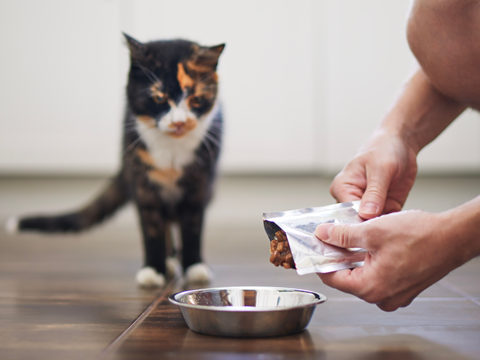
Tim Sykes, brand director at Packaging Europe, considers the ‘shrinkflation’ conundrum of less wasteful food portions versus increased packaging waste and carbon emissions – starting with the demands of his hungry pet.
I love my cat, but she has been really annoying lately. Any pet owners among us are familiar with the feeling of being haunted by a persistent animal with food on its mind. Licky (so named by my children when they were four years old) always greets me in the mornings with a reminder that it’s breakfast time. But recently she has been howling and showing those hungry eyes all day. At first, I couldn’t explain my furry friend’s constant hunger.
Then it clicked: her favourite brand has downsized its portions from 100g to 85g per pack. That leaves Licky with space in her belly, and as a result, it has forced me, her bipedal slave, to buy cat food more often.
Such is the ‘shrinkflation’ effect.
I hadn’t noticed it at first, since the price of the pack was the same as before the 15% reduction in product. Meanwhile, the polypropylene pouches and carton secondary package appeared to be the same size (though on closer inspection, the pouch was slightly reduced). Of course, this also has an impact on the total amount of packaging generated. In reducing the portion size, we increase the ratio of packaging material to the meat and jelly inside – and because I can’t have my cat miaowing at me with desperate, wide eyes, she is now consuming ~1.2 pouches of food per day.

The implications go far beyond cat food. Shrinkflation is an international trend across hundreds of CPG categories. Whereas single-portion packs may be justified environmentally by their positive impact on food waste, shrinkflation is purely driven by profit margin, and especially in staple food categories is likely to result in consumers buying more units rather than reducing their consumption.
The inevitable result is that brands are using more packaging materials than previously, with associated carbon emissions, and in the case of Licky’s food pouches, an increase in flexible plastic waste that will not be recycled in my region. There will always be tensions between sustainability and profit margin. The shrinkflation trend introduces a new and problematic strand in this dynamic.
If you liked this story, you might also enjoy:
Reuse vs. single use – which is better for the environment?
Sustainable Innovation Report 2025: Current trends and future priorities
What can the world learn from South Korea’s world-leading performance in plastics circularity?

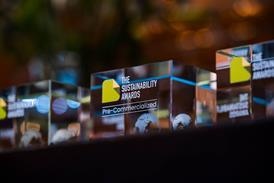

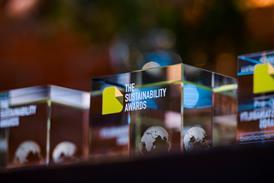
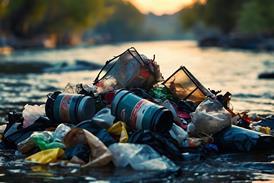
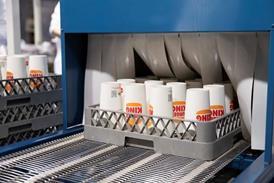












No comments yet